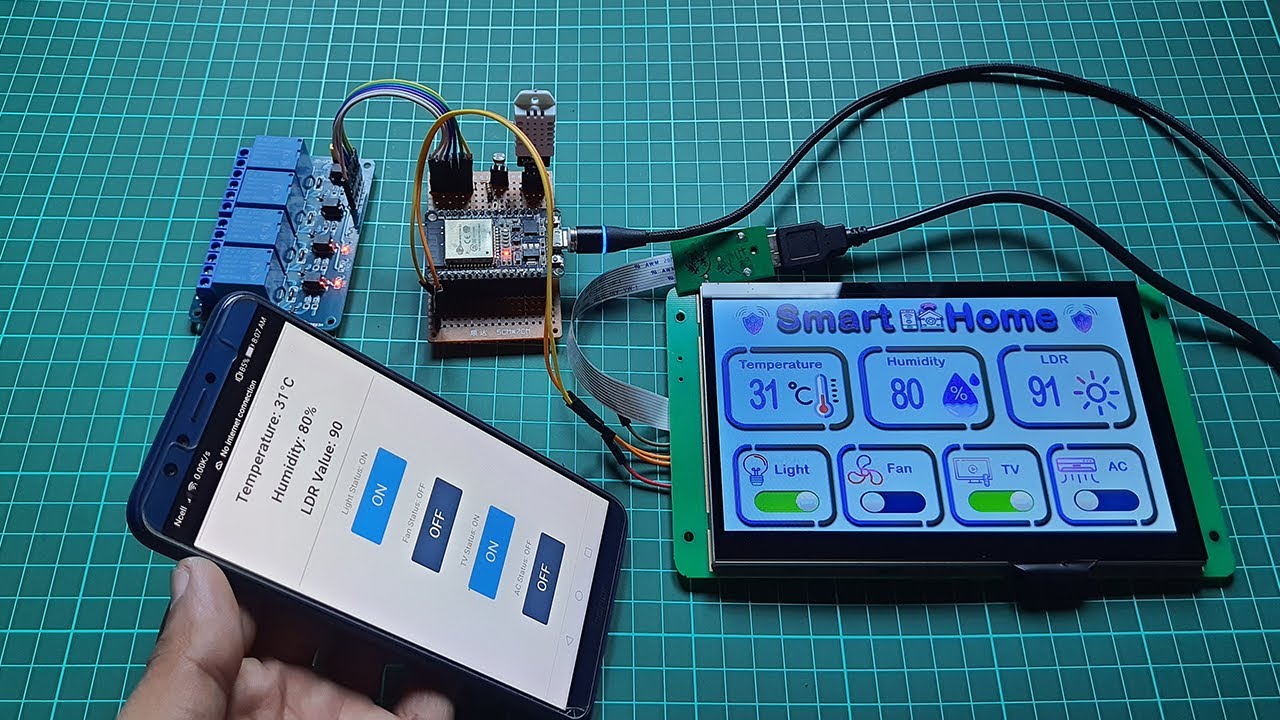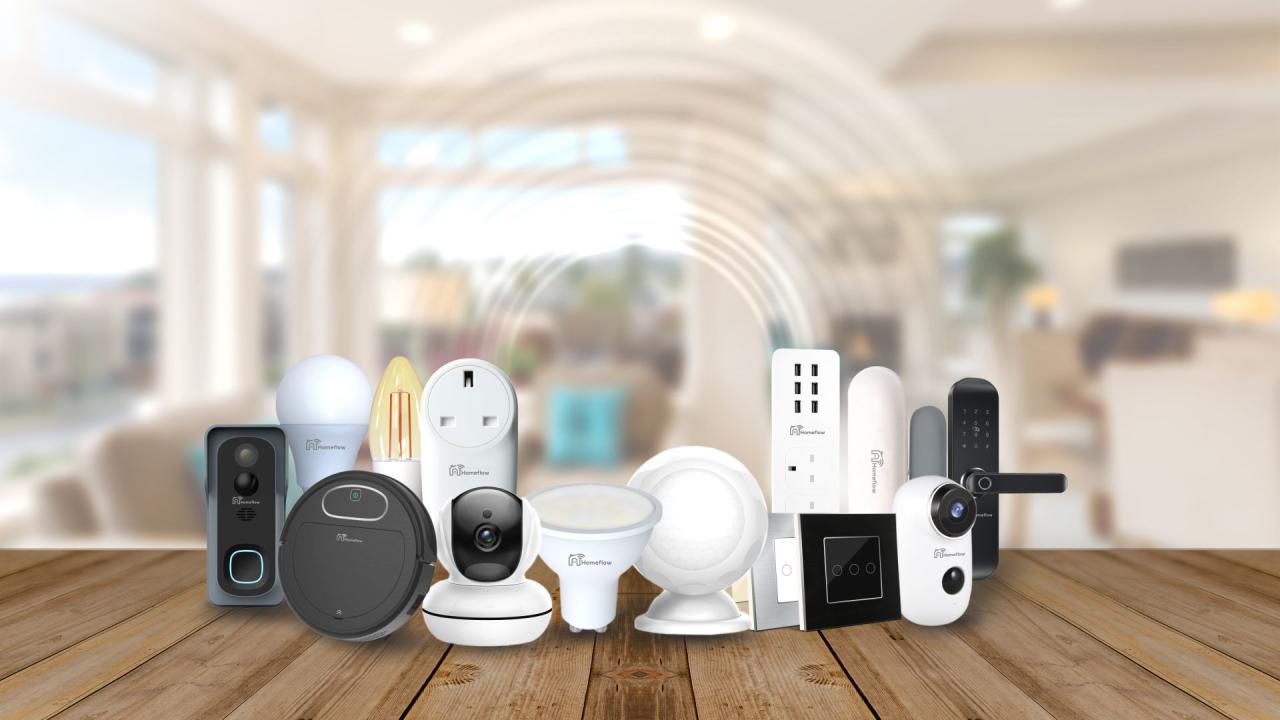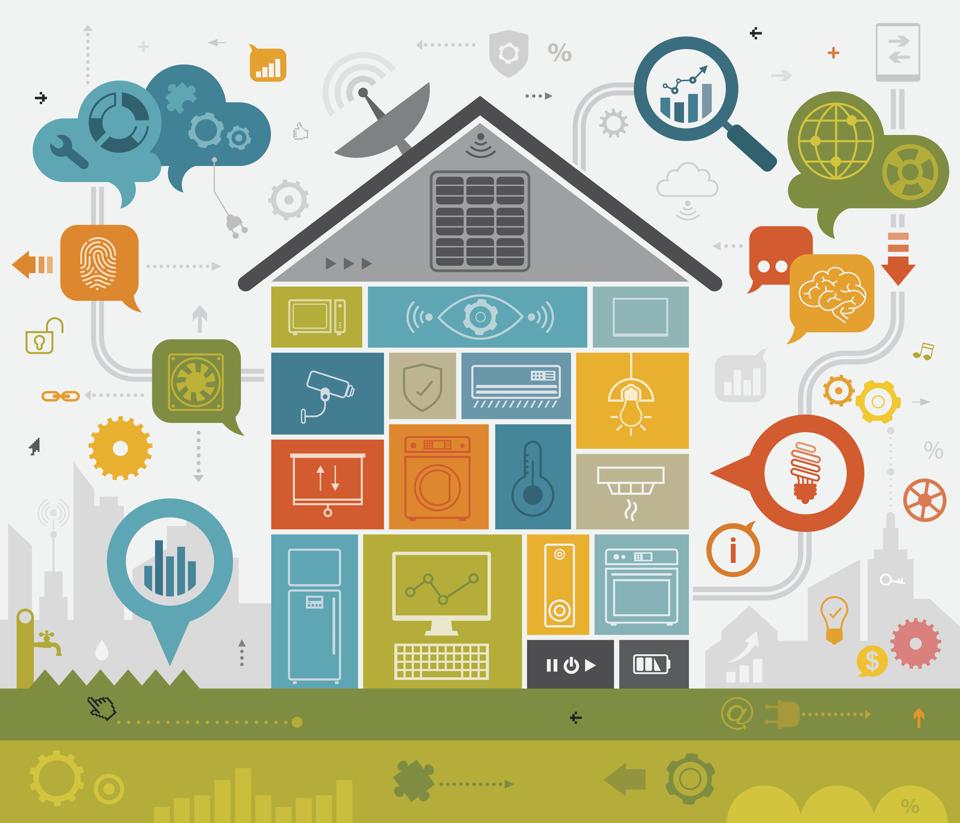In the modern industrial landscape, manufacturing is undergoing a profound transformation, driven by advancements in artificial intelligence (AI), robotics, and the Internet of Things (IoT). These technologies are not only reshaping how factories operate but also improving productivity, enhancing product quality, and reducing costs. In this article, we will explore how AI and robotics are driving innovation in smart factories, improving automation, efficiency, and predictive maintenance.
The Rise of Smart Factories
Smart factories represent the next evolution in manufacturing, where advanced technologies such as AI, robotics, and IoT are integrated to create highly automated and efficient production environments. In these factories, machines communicate with each other and with humans, creating a network of interconnected systems that can optimize production processes in real-time. This shift from traditional factories to smart factories is a critical step in achieving higher levels of flexibility, precision, and cost-effectiveness.
AI in Manufacturing: Driving Automation and Efficiency
Artificial Intelligence (AI) plays a crucial role in making manufacturing smarter by enabling machines to learn from data and adapt to changing conditions. Technologies like machine learning and deep learning allow manufacturing systems to continuously improve their performance without human intervention. Here’s how AI is being used in smart factories:

1. Predictive Analytics for Maintenance
AI analyzes sensor data from machines to predict when equipment is likely to fail. By detecting patterns and anomalies in real-time, AI can schedule maintenance before a breakdown occurs. This reduces downtime, extends machine lifespan, and optimizes production schedules.
2. Quality Control and Defect Detection
AI-powered computer vision systems are used to detect defects in products during production. With advanced image recognition algorithms, AI inspects products at various stages. If defects are detected, AI can trigger alerts for quality control adjustments, reducing the risk of faulty products reaching customers.
3. Demand Forecasting and Production Planning
AI analyzes historical data, including sales trends and market conditions, to more accurately predict demand. This helps manufacturers plan production schedules, optimize inventory levels, and minimize the risk of overproduction or stockouts.
Robotics in Smart Manufacturing: Enhancing Precision and Efficiency
Robots have long been used to automate repetitive tasks in manufacturing, but with the integration of AI, they are now becoming smarter and more versatile. This combination of AI and robotics is giving rise to collaborative robots (cobots) that work alongside human workers to perform more complex tasks. Here’s how robotics is improving manufacturing processes:
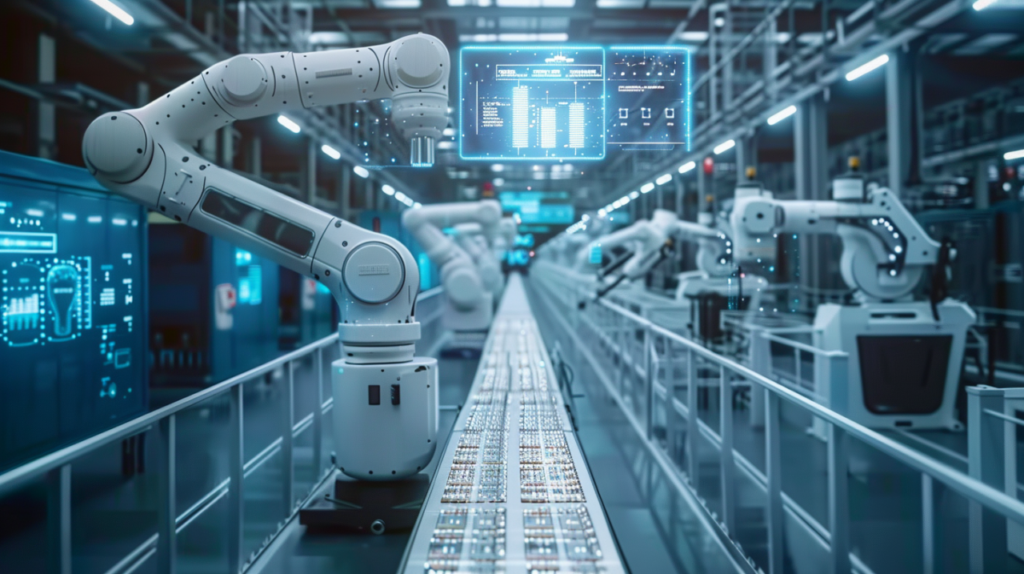
1. Automating Repetitive Tasks
Robots are particularly effective at automating tasks that are repetitive, dangerous, or physically demanding. For example, in automotive manufacturing, robots can weld, assemble, and paint parts with high precision. This not only increases production rates but also reduces the risk of human error, as robots can work continuously.
2. Collaborative Robots (Cobots)
Cobots are designed to work in tandem with human workers rather than replace them. They assist with tasks like lifting heavy objects, assembling parts, or conducting inspections. As a result, cobots increase efficiency while ensuring safety in environments that still require human oversight.
3. Flexible Robotics Systems
Unlike traditional robotic systems that are fixed and require significant downtime for reprogramming, modern robots are highly flexible. They can be easily reprogrammed or reconfigured to perform different tasks. This flexibility allows manufacturers to adapt more quickly to changing market demands and improve overall efficiency.
IoT: Connecting Machines and Enhancing Real-Time Monitoring
The Internet of Things (IoT) refers to the network of physical devices embedded with sensors, software, and other technologies that enable them to connect and exchange data. In smart factories, IoT is used to link machines, sensors, and control systems, providing real-time visibility into production processes. Here’s how IoT is transforming manufacturing:
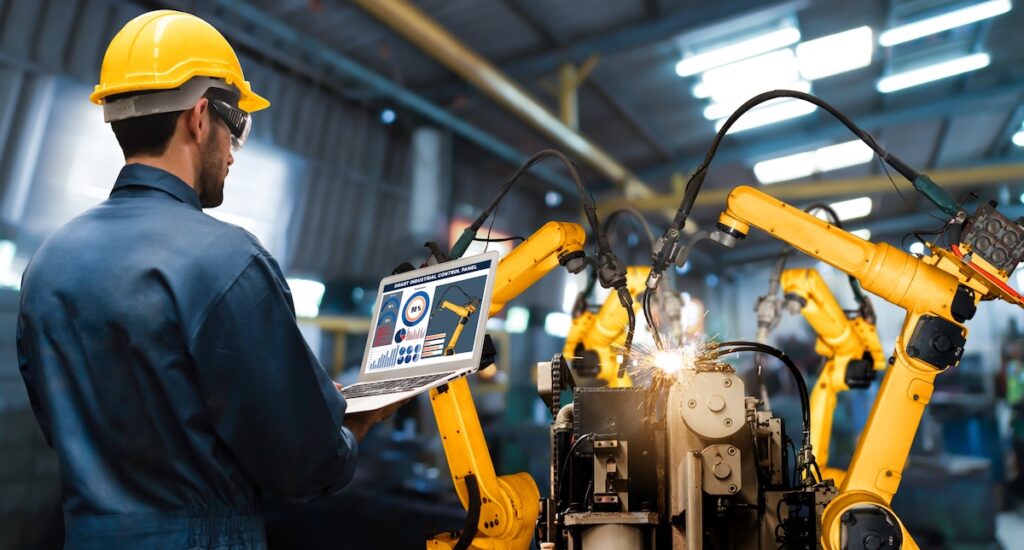
Real-Time Monitoring and Control
With IoT sensors, manufacturers can monitor every aspect of their operations in real-time, from machine performance to environmental conditions. Data collected from these sensors is transmitted to central systems where AI algorithms analyze it to optimize production, reduce waste, and improve energy efficiency.
Supply Chain Optimization
IoT enables manufacturers to track products and raw materials throughout the supply chain, providing visibility into inventory levels, location, and condition. This data helps to reduce stockouts, optimize inventory management, and ensure timely deliveries, thereby improving supply chain efficiency.
Enhanced Equipment Management
By integrating IoT with AI, machines can send alerts about performance issues, wear and tear, and environmental factors such as temperature or humidity that might affect production. This ensures that any issues can be addressed proactively before they impact production.
The Benefits of Smart Manufacturing
Integrating AI, robotics, and IoT in smart factories brings several key advantages:
1. Increased Productivity and Efficiency
By automating tasks and optimizing production schedules, smart factories operate faster and with fewer errors. This integration eliminates bottlenecks, reduces downtime, and streamlines workflows, resulting in higher efficiency.
2. Cost Savings
Predictive maintenance, better inventory management, and energy-efficient practices lead to significant cost reductions. Additionally, reducing waste and enhancing product quality minimize the need for rework and scrap, further cutting costs.
3. Improved Flexibility
Smart manufacturing systems can quickly adapt to changing customer demands, market conditions, or production volumes. This flexibility helps manufacturers remain competitive in an ever-evolving market.
4. Higher Product Quality
AI-driven quality control systems and robotics ensure that products meet exact specifications. By reducing defects and inconsistencies, manufacturers can deliver higher-quality products, ultimately improving customer satisfaction.
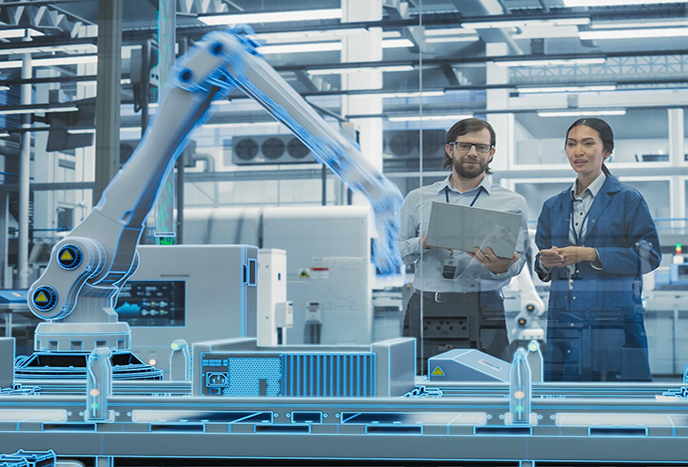
Challenges and Future Outlook
While the benefits of smart manufacturing are clear, there are challenges that businesses must consider when adopting AI, robotics, and IoT. These include:
- High Initial Investment: Implementing smart manufacturing systems requires significant upfront investment in new technologies and infrastructure.
- Workforce Training: As automation increases, workers need to be trained to manage and maintain advanced technologies.
- Cybersecurity: With the increased connectivity of machines, cybersecurity becomes a critical concern. Manufacturers must implement robust security measures to protect sensitive data and systems.
Looking ahead, the integration of AI, robotics, and IoT will continue to evolve, driving even more innovative manufacturing solutions. The future of smart manufacturing promises increased automation, greater intelligence in decision-making, and even more personalized products for customers.
AI, robotics, and IoT are revolutionizing the manufacturing industry, turning traditional factories into smart, highly efficient, and adaptive environments. By integrating these technologies, businesses can achieve higher productivity, reduce costs, and deliver better products. As the industry continues to evolve, smart manufacturing will be a key driver of innovation and success in the competitive global marketplace.







